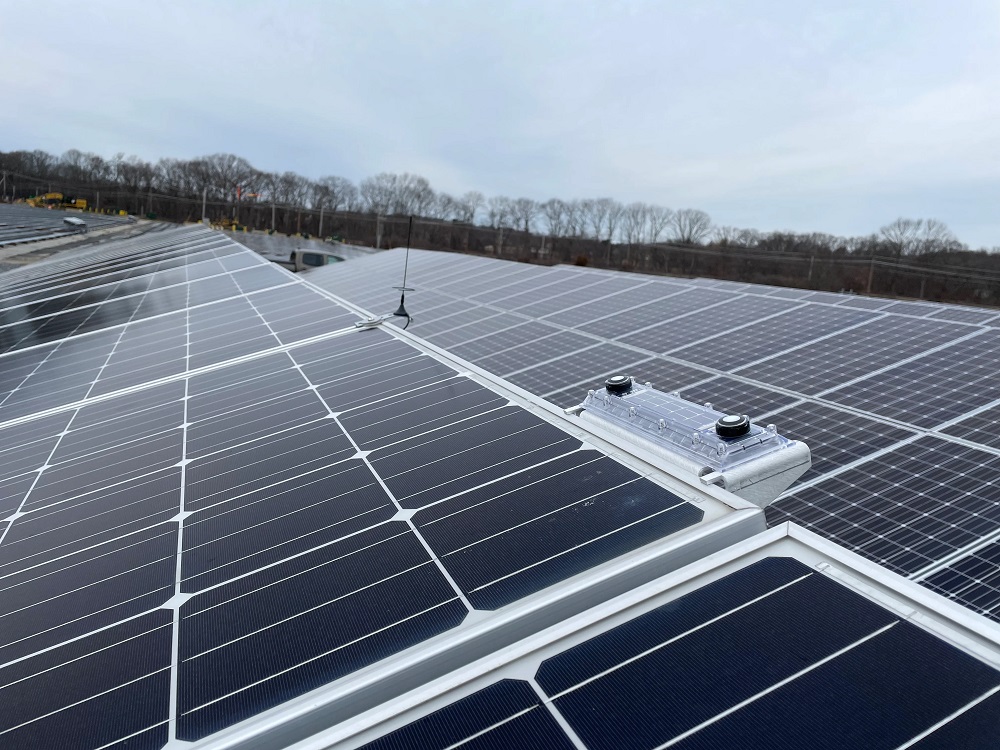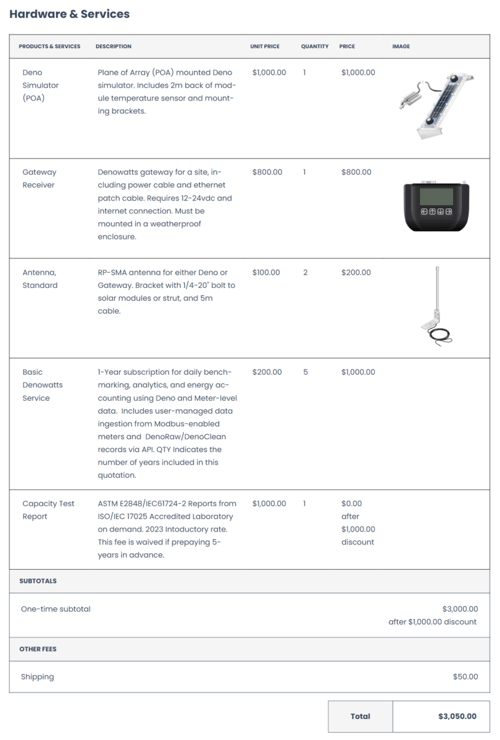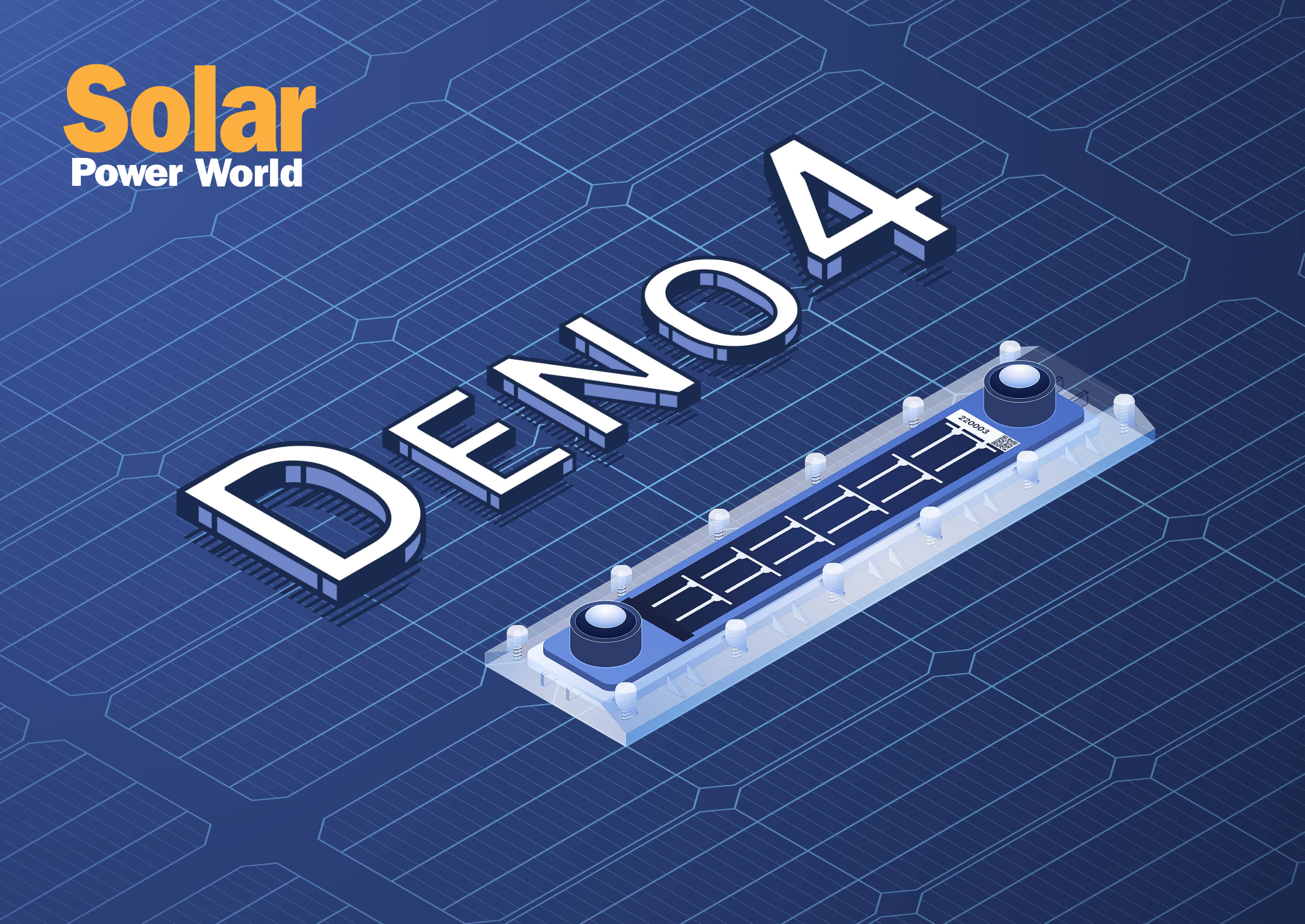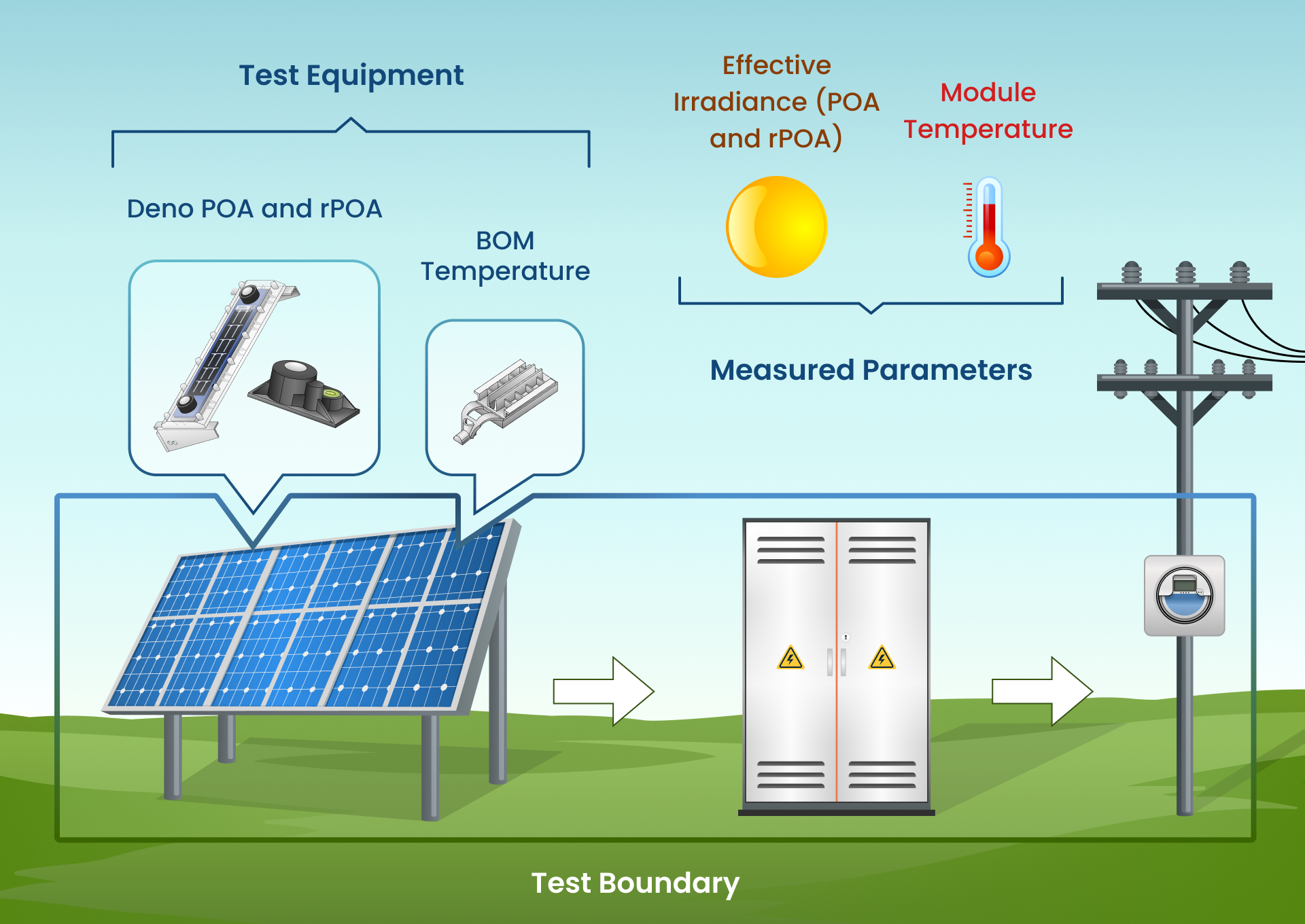Better solar projections mean better models and higher project valuations

By JOHN FITZGERALD WEAVER | June 22, 2023
Denowatts’ “Digital Twin” software package, paired with its ‘Deno Simulator,’ has earned certification from the industry standard testing organization DNV, affirming that it does exactly what it says on the tin.
The Deno Simulator, a weather station and pyranometer, aims to first determine the maximum potential solar electricity a site can produce under optimal conditions. Then, going forward, it informs the asset owner what the asset’s generation should be at any given moment, based on the site’s current weather conditions and the original capacity testing of the installed project.

DNV released a ‘Capacity Testing & Benchmarking Technical Review’ confirming that the tool’s processes and hardware adhere to industry standards. DNV acknowledges that there are some differences between Denowatts’ tools and other weather station and pyranometer hardware. However, they highlighted that these differences could be addressed through minor adjustments to the settings and standardizing the data readout protocols among project analysts. This would ensure that the Denowatts unit aligns with the industry’s expectations.
Key standards analyzed by DNV include:
- ASTM E2848 capacity test methods and confirmation of results from example tests
- Test boundary treatment
- Use of effective irradiance in benchmarking
- PVSyst applicability
- Long-term benchmarking suitability
Dan Leary, chief executive officer and founder of Denowatts, has established other successful solar companies, including Nexamp and PanelClaw.
The primary unit, the Deno Simulator, is priced at $1,000. The comprehensive package, including gear and services, costs $3,000, and includes a complimentary capacity test report. The hardware package includes a gateway receiver and an antenna. The gateway receiver is located inside the communication hardware enclosure. An antenna connects directly to the remotely positioned Deno Simulator, providing a wireless connection to the gateway.

The package includes a $200 annual service for five years, providing local weather data benchmarking versus actual system output. Denowatts also offers contractor support for the initial installation of the unit and the power plant’s initial capacity testing.
The Deno Simulator is self-powered and measures irradiance and temperature, both key factors estimating the power output of a solar array based on a predefined energy model. This local data is used to create a ‘digital twin’ of the solar array, which is a digital simulation that mirrors the array’s performance based on the energy model. The goal is to achieve a performance index of 100%, indicating the array is performing as anticipated.
Capacity testing serves as a key commissioning tool, primarily used to assess the potential of a specific solar project after construction. Once a solar power plant is completed, the finely calibrated Deno Simulator is deployed nearby. The Denowatts software package then juxtaposes the data from the actual power plant and the Deno Simulator, taking into account collected weather information, such as sunlight and temperature.
Based on this comparison and ongoing data comparisons, the simulator can predict the solar power plant’s future output under varying weather conditions. This could prevent unnecessary site visits by O&M specialists due to transient weather conditions like passing clouds.
 The Simulator can also be equipped with a reflected in plane of array sensor to measure albedo, which is useful if the site employs bifacial solar modules.
The Simulator can also be equipped with a reflected in plane of array sensor to measure albedo, which is useful if the site employs bifacial solar modules.
The unit holds potential for assessing a site’s possible electricity generation, acting as a supplement to the industry’s standard atmospheric data from NASA. According to Leary, one of the primary advantages of a site analysis and project capacity test is avoiding underestimation: “When the electricity generation of a system is under-projected, it can result in assets being underpriced and returns on investment going unrecognized.”



